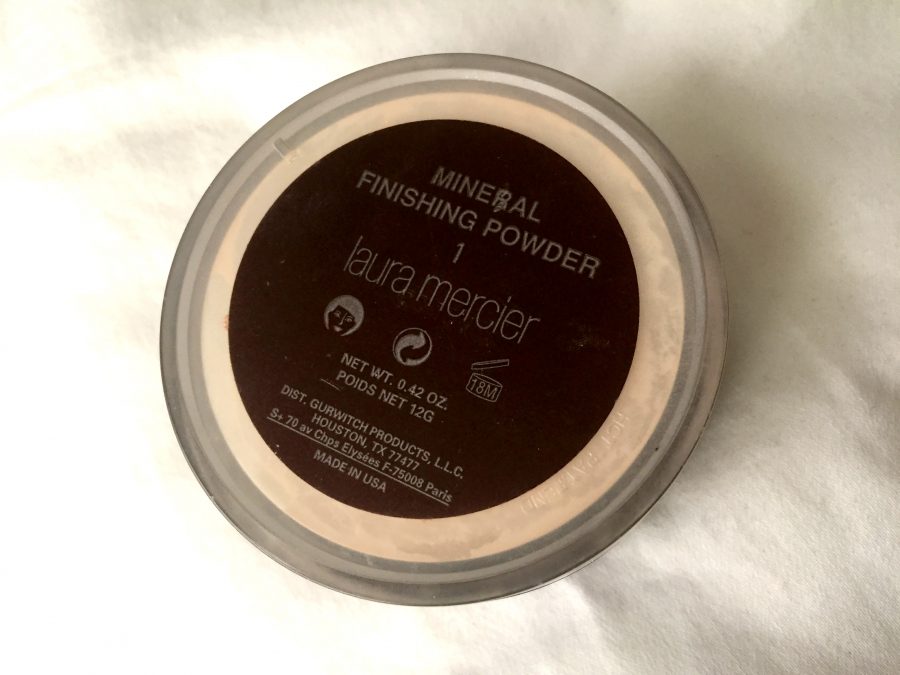How to Tell When Your Makeup Expires
When you decide to buy an expensive foundation or eyeshadow palette, you probably aren’t thinking that you may have to throw it away after a year. Keeping makeup until it is empty seems like a no-brainer but the truth is, you shouldn’t. It is true and it is heartbreaking – your makeup does expire.
The easiest way to find out if your makeup is expired is by looking for the Period After Opening (PAO) symbol. It is usually found on the back of a product and looks like an open container. The symbol is labelled with a number followed by the letter “m,” which stands for months. If you see “12m” on a product, the shelf life for the product is 12 months after it is opened. PAO symbols can be found on beauty products, including skincare. Bianca Gizzo, a senior nursing student, has paid more attention to expiring makeup in recent years.
“When I was a teenager I didn’t care at all, but now that I’m older and care a lot more about how I take care of my skin, I definitely care and I am cautious of whether the makeup I’m using is expired or not,” Gizzo said.
PAO symbols are not always found on products, which makes determining their expiration date impossible. Makeup.com, a website produced by L’Oréal Cosmetics, turned to makeup artist Ashley Rebecca for answers.
According to Rebecca, foundation and concealer should be thrown away six to 12 months after opening it. Liquid foundations are water based, which means they are a magnet for bacteria. It is important to keep them stored in an area that does not get too warm or humid like bathrooms do. If the product smells funky or if your skin has a bad reaction to it, toss it. Foundation also separates when it becomes expired, according to Rebecca, and the same goes for any other liquid product.
Powder and stick foundations have a longer shelf life, lasting up to two years. You will notice a change in color of concealer when they are expired.
Like powder foundation, face powders, like bronzer, blush, and setting powders, last for about two years. They should be stored in cool places and closed tightly after use to avoid exposure to bacteria. The same rules do not apply with powder eye shadows, even though they are a powder product. Their recommended shelf life is three to six months, according to Rebecca. The obvious reason – they are in close contact with your eyes.
Bacteria can build up and can lead to sties and even pink eye. Throwing away a luxury eyeshadow palette after six months that still has plenty of product in it is not something anybody wants to do so Rebecca says to monitor your usage of it. If it causes eye irritation, it is probably best to get rid of it.
Eye products have the shortest shelf life. The good news – brow pencils and kohl eyeliners can last up to a year. The bad news – liquid eyeliner and mascara should be replaced after three to four months. The eyes and eyelashes are typically a very wet area so bacteria are easily transferred.
Lip products, like lipstick and lip gloss, can last up to a year, while lip liners can last up to two. Rebecca says the simplest way to spot an expired lip product is the smell and the texture. Clumpy and crumbly lipstick and an increase in thickness of lip gloss are signs of expiration. For all lip products, closing the product tightly will increase shelf life.
To minimize the possibility of bacteria in cosmetics, cleaning brushes and sponges regularly is vital. They are home for all of that yucky bacteria and if not cleaned, they find a new home on your face. Makeup is an investment to many and throwing away half-used products is not ideal. However, breakouts and infections are not ideal either.
“I wish I could say I notice a huge difference with my skin but I’m not sure I do,” Gizzo said. “I just don’t like to know that I have old, expired products on my face that could cause more harm than good for my skin.”
As disappointing as it is, it may be time to clean out your makeup bag.
Your donation supports independent, student-run journalism at Pace University. Support the Pace Chronicle to help cover publishing costs.

